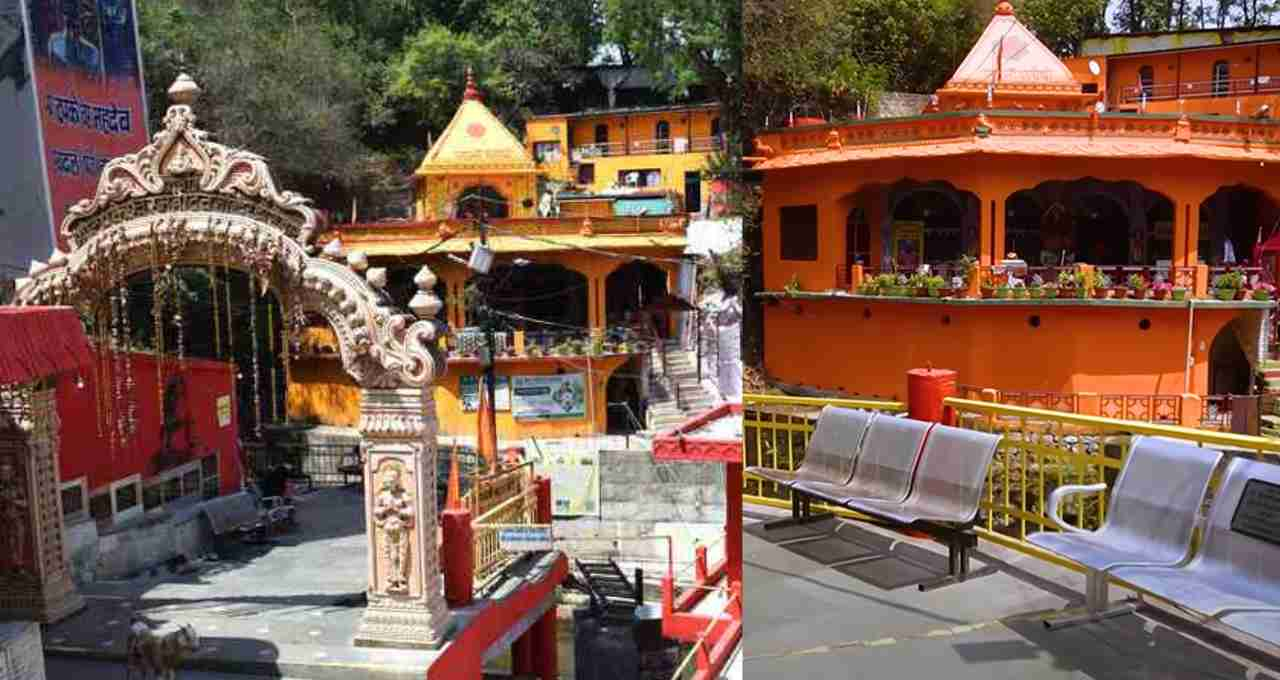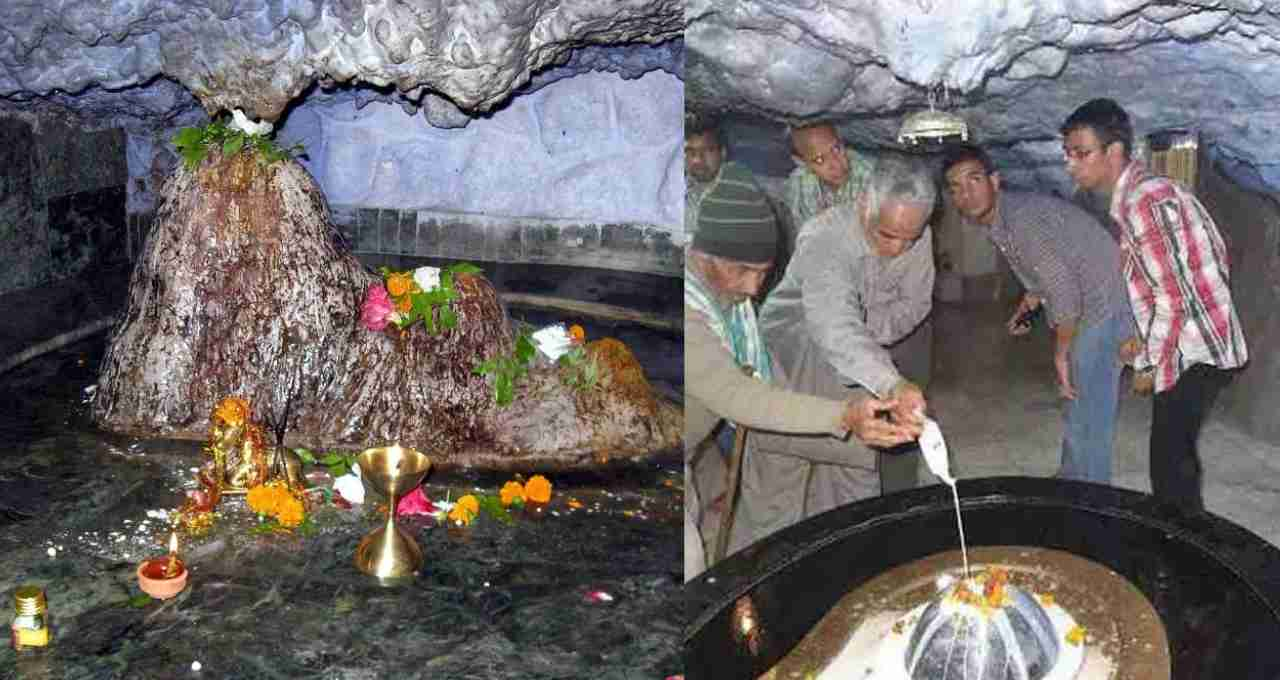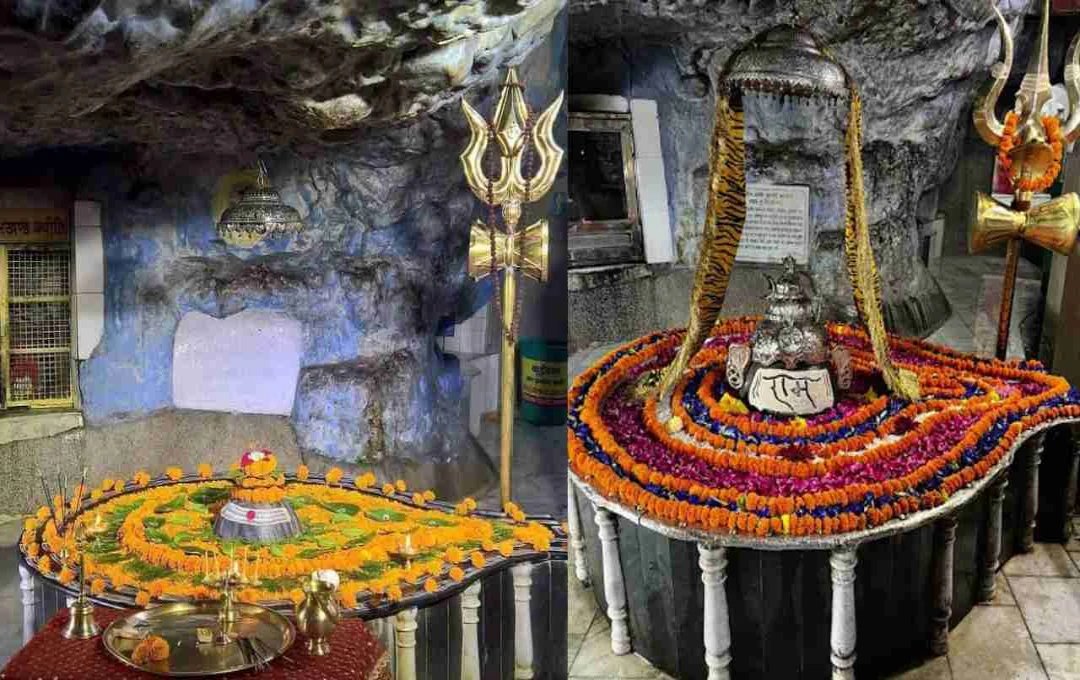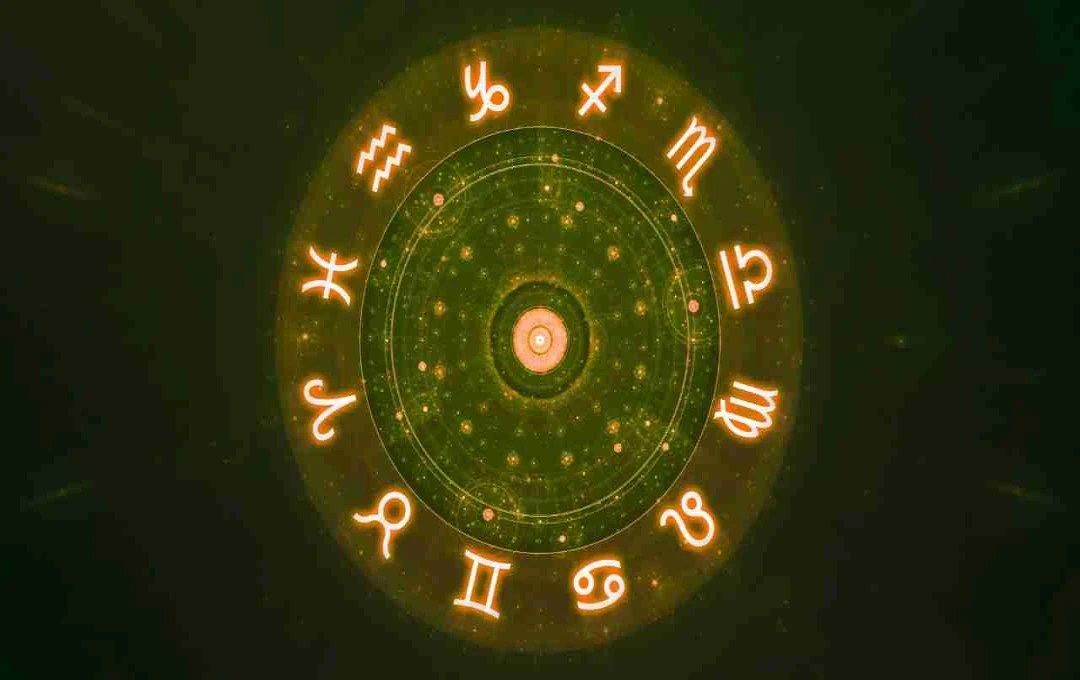Tapkeshwar Mahadev Temple in Dehradun, previously known as Dudheshwar Mahadev, is dedicated to Lord Shiva. Continuous drops of water from a natural cave fall onto the Shivling, considered a blessing from Lord Shiva. The temple has a connection to the Mahabharata era and is linked to the story of Guru Dronacharya and Ashwatthama. It sees special festivities during the months of Sawan and on Mahashivratri.
Tapkeshwar Mahadev Temple: Located in Dehradun, the capital of Uttarakhand, Tapkeshwar Mahadev Temple is unique in terms of nature and spirituality. This temple was earlier known by the name Dudheshwar Mahadev, where water continuously drips from the cave's rock onto the Shivling. According to the legends of the Mahabharata era, this place is extremely sacred for devotees, being associated with Guru Dronacharya and his son Ashwatthama. The Tamasa River flowing near the temple and the surrounding greenery make it a wonderful confluence of nature and religion.
The Story from Dudheshwar to Tapkeshwar

This temple was previously called 'Dudheshwar Mahadev'. The main characteristic of the temple is that water droplets continuously drip from the rock onto the Shivling located in the natural cave. It appears as if nature itself is performing the Abhishek (ritualistic bathing) of Lord Shiva. According to mythological beliefs, a stream of milk flowed here in the Dwapar Yuga, which later transformed into water in the Kali Yuga. This natural phenomenon makes this temple unique and a center of faith for devotees.
The Tale of Guru Dronacharya and Ashwatthama
Tapkeshwar Temple also has a connection to the Mahabharata era. It is also called 'Drona Gufa' (Drona Cave) because it is believed that Guru Dronacharya's ashram was located at this place. According to a popular legend, Guru Dronacharya's son, Ashwatthama, expressed a desire to drink milk to his mother. At that time, his mother had nothing to give him. Then Ashwatthama performed penance to Lord Shiva. Pleased with his penance, Lord Shiva made a stream of milk flow from the rock. This is the reason why the Shivling was previously called 'Dudheshwar'. This story is not only associated with the temple's name but also demonstrates how sacred and ancient this place is.
Natural Beauty and Divine Experience
Tapkeshwar Mahadev Temple is built within a natural cave situated between two massive hills. The Tamasa River flowing near the temple and the surrounding greenery make it even more beautiful. The gurgling of the river and the natural environment offer devotees a serene and spiritual experience. This temple is not just a religious site, but a unique confluence of nature and spirituality.
Crowds of Devotees Throughout the Year

The temple is thronged by devotees throughout the year. There is a special vibrancy, especially during the month of Sawan and on Mahashivratri. On these occasions, thousands of devotees come from far and wide to offer prayers. It is believed that offering water and seeking blessings during the month of Sawan fulfills all the devotees' wishes. Additionally, on the day of the full moon each month, the Shivling is specially adorned and decorated as 'Dudheshwar'.
Significance of Tapkeshwar Mahadev Temple
Tapkeshwar Mahadev Temple is more than just a pilgrimage site. This place presents a unique blend of faith, history, and nature. Upon visiting, devotees not only get a glimpse of Lord Shiva but also experience the divine energy that has kept this place vibrant for centuries. The temple's natural cave, the dripping water, and the mythological stories make it special.
The story of Tapkeshwar Mahadev Temple also reminds us of the beautiful and mysterious synergy between faith and nature. This temple becomes a source of spiritual experience and mental peace for every devotee and tourist visiting Dehradun.















